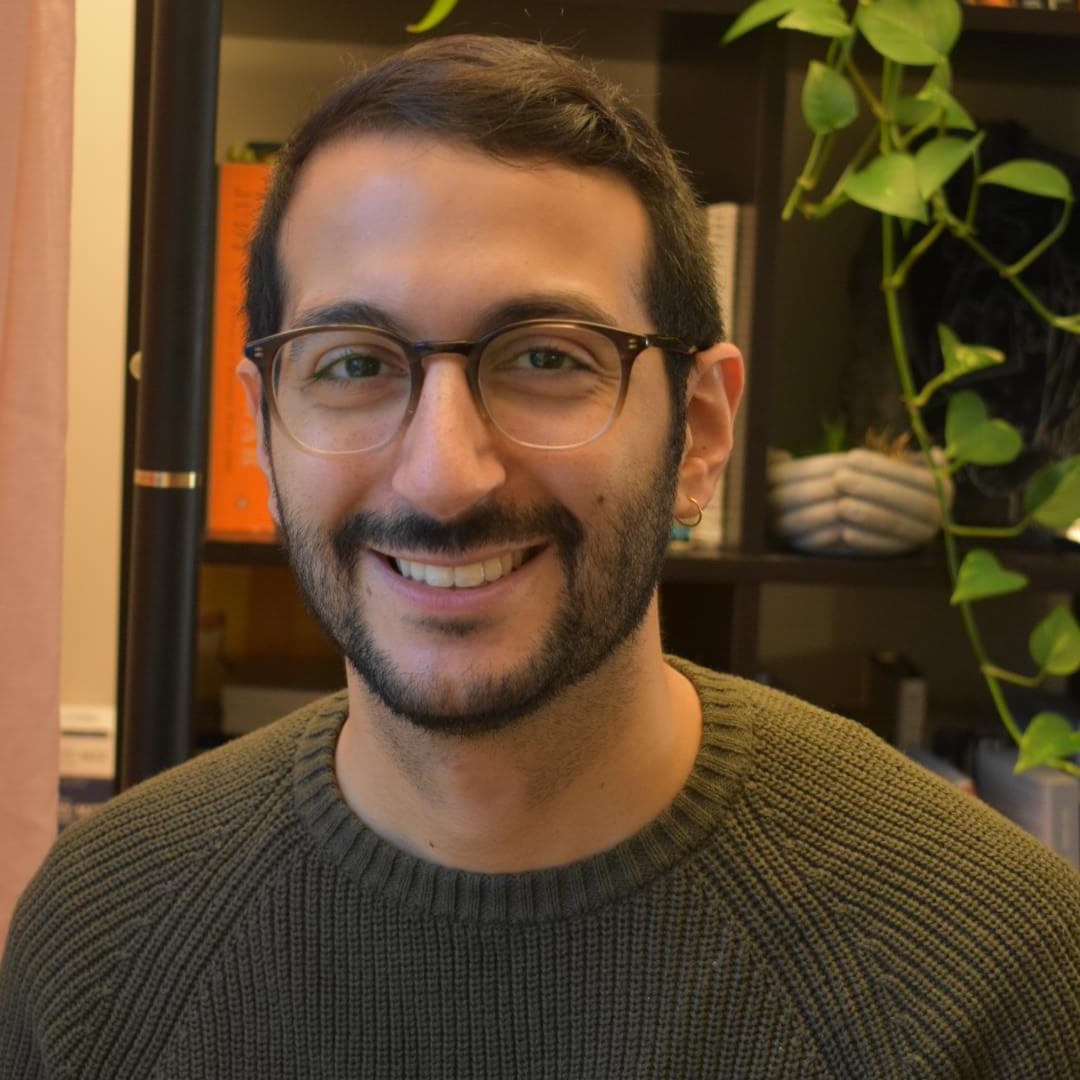
Looking for something?

SIMON C. W. RICHARDSON BSc (Hons) MSc PhD FRSB CBiol.
Director at Intracellular Delivery Solutions Ltd., and
Senior Lecturer in Biopharmaceutics, University of Greenwich, UK.
How did you become interested in the field of oligonucleotides?
I was introduced to “antisense” during a placement at Eli Lilly in 1992 and was struck by its potential. This led me to the School of Pharmacy (now part of UCL) and Prof Ruth Duncan’s research group where I was able to study the use of synthetic polymers as antisense delivery systems focusing upon their body distribution and intracellular movement. After this I moved to Iowa in the US, where I worked with Prof. Rob Piper, studying the way cells move large molecules over barriers (like intracellular membranes) during lysosome biogenesis with the intent of feeding this knowledge back into an antisense and siRNA drug delivery program.
How did you become involved in OTS?
I have spent the last 10 years looking at protein toxins that hijack membrane trafficking pathways to access the cytosol. Having identified systems that functioned with low toxicity and high efficiency, I needed a platform to tell the world about this technology. Being aware of some of the people who founded the OTS from my days as a PhD student, it was an obvious first choice.
Why do you continue to support the OTS?
It’s current and spans everything from proof of concept experiments to clinical trials providing excellent networking.
What is special about the type of research/work you’ve done?
The delivery of antisense and siRNA to the correct compartment in the correct cell remains a problem. Twenty years ago I began exploring delivery systems based upon synthetic (polymer) chemistry, which have problems with body distribution and toxicity. As a postdoc in Ruth’s lab we ran a comparison between one of the polymers we were using and ricin to try to estimate how effective the polymer was at delivering ricin A chain (relative to ricin B chain). Ricin B chain was about 4 000 times more efficient at delivering ricin A chain than the polymer. Many twists and turns aside, and after discovering the limitation of several different recombinant protein toxins, we have published our efforts to deliver both antisense and siRNA oligos using attenuated anthrax toxin. You can find this open access paper behind this link in the Journal of Controlled Release (IF 7.7). Anthrax toxin utilizes an “airlock” to get out of the endocytic system and into the cytosol without destabilizing or “messing up” membranes which the cell needs to maintain compartmentalization, keeping everything in its right place.
What do you like to do in your free time?
I play the guitar. I really love my Paul Reed Smith CE24 and have it plugged into a Marshal half-stack (TSL100 kitted out with high gain JJS on a 4×12 cab). I play a lot of blues though am currently expanding my horizons and learning to shred! It’s quite a steep step but a lot of fun, though I’m not sure how much my wife or neighbors like it. Some questions are better left unanswered!
Interesting fact:
While in Iowa I held an appointment working in the Anatomy and Cell Biology department as a visiting assistant professor. During this time I made a living cutting up dead bodies. It sounds gross but was incredibly interesting! Needless to say I learned a great deal not just about science but also about the human condition. The things we do for science!








